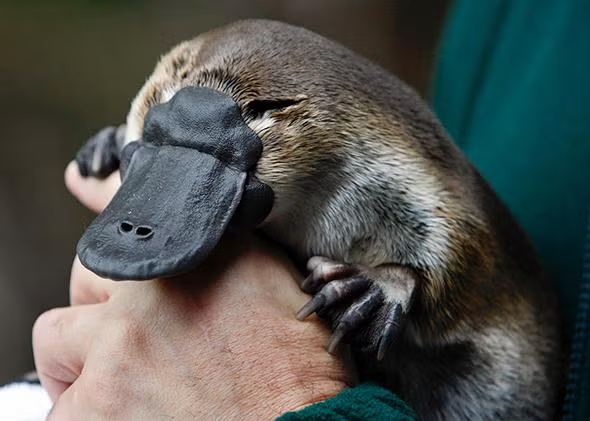The Fascinating World of Squirrels: Nature’s Agile Acrobats
Squirrels are among the most charming and agile creatures in the animal kingdom, often captivating us with their lively antics and curious behavior. Found in a variety of habitats across the globe, these small rodents are not only fascinating to observe but also play important roles in their ecosystems. Let’s delve into the intriguing world of squirrels, their diverse species, and some fun facts that make them truly remarkable.
1. A Variety of Squirrel Species
Squirrels belong to the family Sciuridae, which encompasses over 200 species distributed across the globe. They can be broadly categorized into three main types:
- Tree Squirrels: These are the most commonly observed species, known for their acrobatic skills and preference for wooded areas. Examples include the Eastern Gray Squirrel and the Fox Squirrel.
- Ground Squirrels: As their name suggests, these squirrels live primarily on the ground. They are often seen in open fields and grasslands. Examples include the California Ground Squirrel and the Arctic Ground Squirrel.
- Flying Squirrels: Despite their name, flying squirrels don’t truly fly. Instead, they glide from tree to tree using a membrane called a patagium. The Northern Flying Squirrel and the Sugar Glider are notable examples.

2. Unique Adaptations and Behavior
Squirrels have evolved a range of fascinating adaptations that help them thrive in diverse environments:
- Agility and Climbing Skills: Squirrels are exceptional climbers. Their sharp claws and flexible ankles allow them to scale trees effortlessly. They can even descend trees headfirst, a skill that comes in handy when navigating their arboreal habitats.
- Diet and Foraging: Squirrels are primarily herbivorous and have a diet that includes nuts, seeds, fruits, and occasionally insects. They are known for their caching behavior, where they bury food in various locations to retrieve later. This habit not only helps them survive the winter but also contributes to forest regeneration by spreading seeds.
- Communication: Squirrels use a range of vocalizations and tail movements to communicate with each other. Their tail acts as a signaling device, helping them warn others of potential dangers or express excitement.
3. The Importance of Squirrels in Ecosystems
Squirrels play a vital role in their ecosystems, influencing both plant and animal life:
- Seed Dispersal: By burying nuts and seeds, squirrels help in the growth and spread of various plant species. This natural behavior aids in forest regeneration and maintains biodiversity.
- Food Source: Squirrels serve as prey for various predators, including hawks, owls, and snakes. Their presence supports the food web and contributes to the health of the ecosystem.

4. Squirrels and Humans: Coexisting in Urban Environments
In urban areas, squirrels are often seen raiding bird feeders or scurrying across lawns. While some might view them as pests, they are an integral part of city wildlife and can offer a glimpse into the natural world. To coexist peacefully, consider the following tips:
- Feeding: Avoid feeding squirrels directly, as this can encourage dependence on human-provided food. Instead, provide natural habitats and allow them to forage for their own food.
- Preventing Damage: If squirrels are causing damage to property, use deterrents such as squirrel-proof bird feeders or barriers to protect your garden and home.
5. Fun Facts About Squirrels
- Tail Functions: A squirrel’s tail is not only used for balance while climbing but also for temperature regulation and signaling.
- Teeth: Squirrels have four sharp incisors that continuously grow throughout their lives. They chew on various materials to keep their teeth from becoming too long.
Squirrels are truly remarkable creatures with their agility, adaptability, and important role in their ecosystems. Whether you’re observing them in a park or in your backyard, their lively behavior and unique adaptations offer a fascinating glimpse into the natural world. Next time you spot a squirrel, take a moment to appreciate the remarkable adaptations that make these creatures such a vital part of our environment.
Feel free to share your own squirrel encounters or any interesting facts you know about these charming animals in the comments below!






